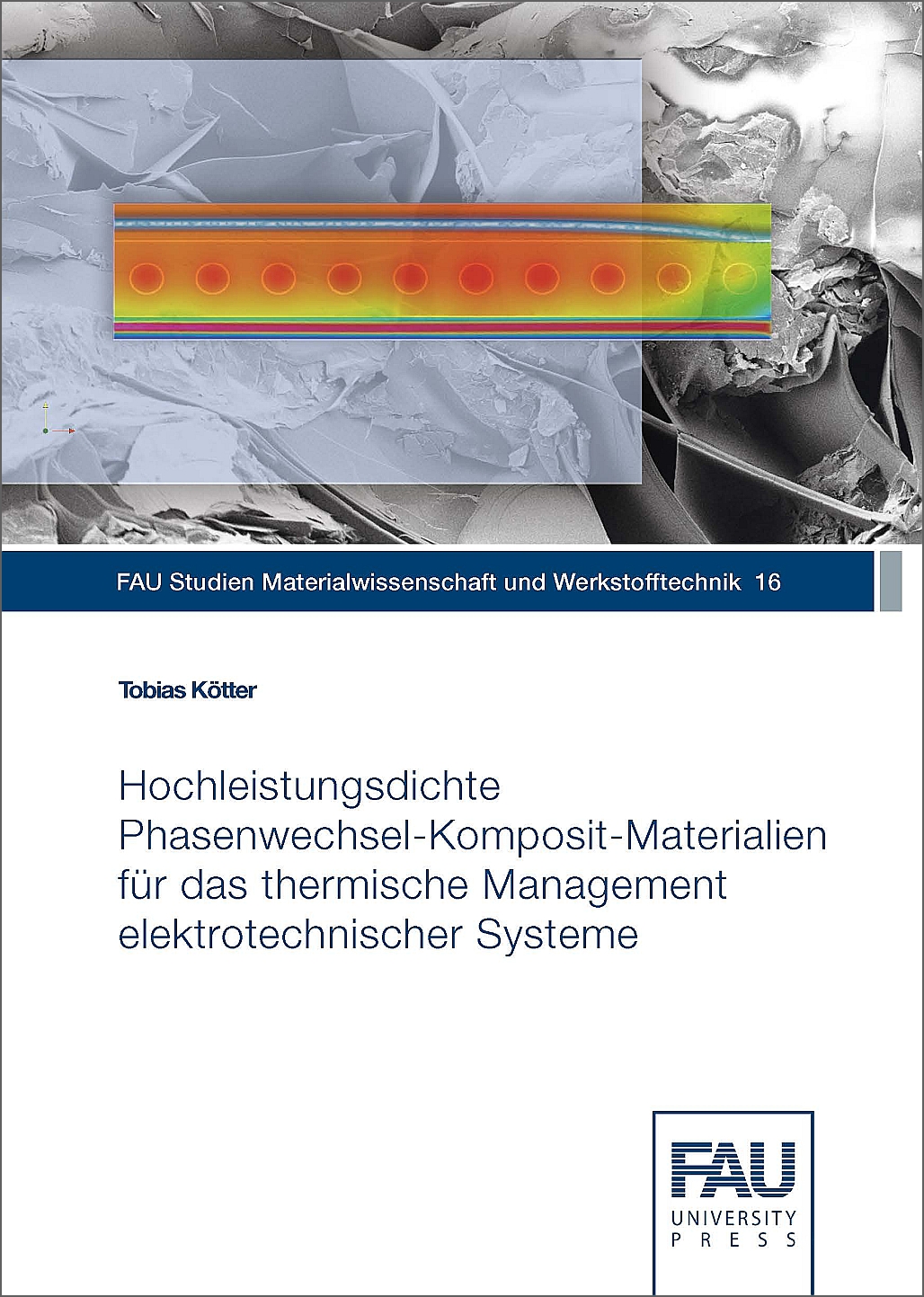Description
General Suitability of Phase-change materials (PCM) in cyclic applications is examined. With Enthalpy and thermal conductivity being the most important material parameters for an effective system. A high thermal conductivity conduces the usage of a high volume of PCM, enthalpy is the energy uptake capacity of the materials.
Diverse material combinations are examined regarding their melting and freezing behaviour in DSC measurements. The thermal conductivity of the materials can be varied by filler materials and the infiltration of porous matrices. By infiltration of porous structures, highly thermally conductive composites can be produced. Changes in the dynamic behaviour are becoming apparent by changed thermal conductivity. The variation of thermal conductivity and enthalpy is, due to the used materials, possible in a wide range. The produced PCM-composites are subjected to cyclic thermal stresses in application-related setups. A comparison of their cooling efficiency with that of reference materials shows the performance of the materials. With simulative description of the problem, a variation of different parameters can be achieved, and their respective influence can be compared.
The general description of processing, as well as the examination of use-cases and the variation of material properties propose first steps for the use of the materials. The production process in combination with simulative description enables the tailoring of materials for different systems.


Reviews
There are no reviews yet.